MFC 对话框 使用 Xtreme ToolkitPro 主题美化界面
工作中没有小事:点石成金,滴水成河,只有认真对待自己所做的一切事情,才能克服万难,取得成功。
在项目开发过程中,需要对UI进行美化处理的,可以使用Xtreme ToolkitPro,我在网上找的Xtreme ToolkitPro13.4 VS2015版本。
第一步:新建MFC 对话框应用程序 TestXT
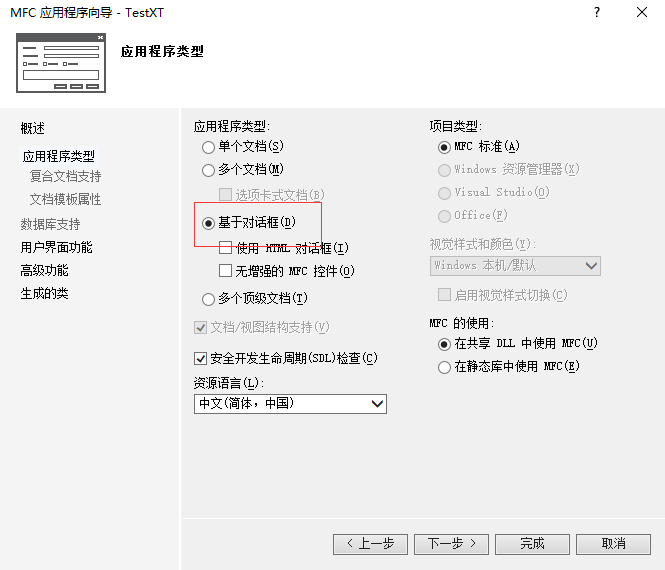
第二步:配置Xtreme ToolkitPro
工程属性--》C/C++ --》常规 --》 附加包含目录
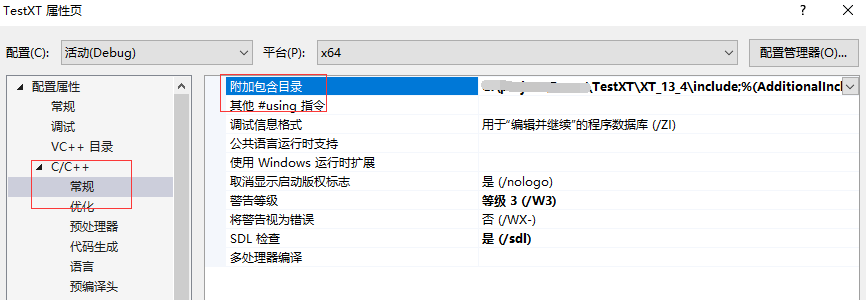
链接库--》常规--》附件库目录
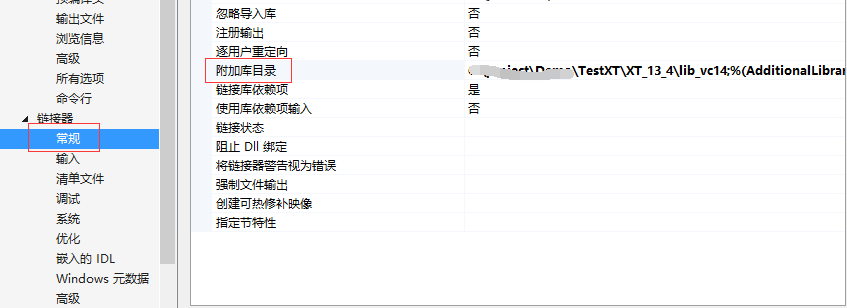
第三步:在stdafx.h中包含头文件和加载 lib库
#include <XTToolKitPro.h>
#pragma comment(lib, "ToolkitPro1340vc140D.lib")
第四步:初始化Xtreme ToolkitPro
在 InitInstance() 函数里面初始化
BOOL CTestXTApp::InitInstance() { // 如果一个运行在 Windows XP 上的应用程序清单指定要 // 使用 ComCtl32.dll 版本 6 或更高版本来启用可视化方式, //则需要 InitCommonControlsEx()。 否则,将无法创建窗口。 INITCOMMONCONTROLSEX InitCtrls; InitCtrls.dwSize = sizeof(InitCtrls); // 将它设置为包括所有要在应用程序中使用的 // 公共控件类。 InitCtrls.dwICC = ICC_WIN95_CLASSES; InitCommonControlsEx(&InitCtrls); CWinApp::InitInstance(); XTPOffice2007Images()->SetHandle("Office2007Black.dll"); //CXTPPaintManager::SetCustomTheme(new CCrytekTheme()); XTPSkinManager()->LoadSkin("CryDark.cjstyles"); // Apply skin, including metrics, coloring and frame XTPSkinManager()->SetApplyOptions(xtpSkinApplyMetrics | xtpSkinApplyColors | xtpSkinApplyMenus); // Apply skin to all new windows and threads XTPSkinManager()->SetAutoApplyNewWindows(TRUE); XTPSkinManager()->SetAutoApplyNewThreads(TRUE); // Apply skin to current thread and window XTPSkinManager()->EnableCurrentThread(); AfxEnableControlContainer(); // 创建 shell 管理器,以防对话框包含 // 任何 shell 树视图控件或 shell 列表视图控件。 CShellManager *pShellManager = new CShellManager; // 激活“Windows Native”视觉管理器,以便在 MFC 控件中启用主题 CMFCVisualManager::SetDefaultManager(RUNTIME_CLASS(CMFCVisualManagerWindows)); // 标准初始化 // 如果未使用这些功能并希望减小 // 最终可执行文件的大小,则应移除下列 // 不需要的特定初始化例程 // 更改用于存储设置的注册表项 // TODO: 应适当修改该字符串, // 例如修改为公司或组织名 SetRegistryKey(_T("应用程序向导生成的本地应用程序")); CTestXTDlg dlg; m_pMainWnd = &dlg; INT_PTR nResponse = dlg.DoModal(); if (nResponse == IDOK) { // TODO: 在此放置处理何时用 // “确定”来关闭对话框的代码 } else if (nResponse == IDCANCEL) { // TODO: 在此放置处理何时用 // “取消”来关闭对话框的代码 } else if (nResponse == -1) { TRACE(traceAppMsg, 0, "警告: 对话框创建失败,应用程序将意外终止。\n"); TRACE(traceAppMsg, 0, "警告: 如果您在对话框上使用 MFC 控件,则无法 #define _AFX_NO_MFC_CONTROLS_IN_DIALOGS。\n"); } // 删除上面创建的 shell 管理器。 if (pShellManager != NULL) { delete pShellManager; } // 由于对话框已关闭,所以将返回 FALSE 以便退出应用程序, // 而不是启动应用程序的消息泵。 return FALSE; }
效果对比:
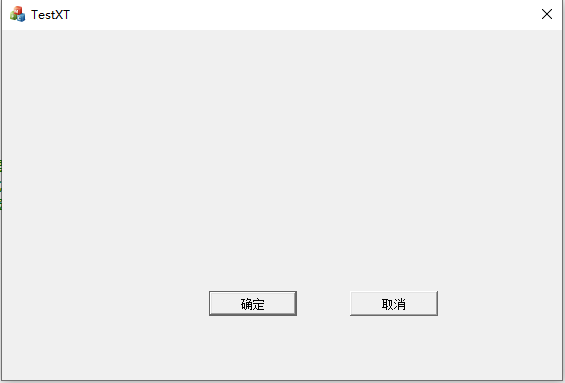
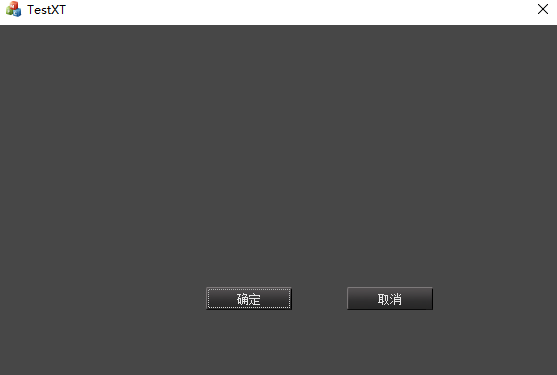




【推荐】国内首个AI IDE,深度理解中文开发场景,立即下载体验Trae
【推荐】编程新体验,更懂你的AI,立即体验豆包MarsCode编程助手
【推荐】抖音旗下AI助手豆包,你的智能百科全书,全免费不限次数
【推荐】轻量又高性能的 SSH 工具 IShell:AI 加持,快人一步
· 10年+ .NET Coder 心语 ── 封装的思维:从隐藏、稳定开始理解其本质意义
· 地球OL攻略 —— 某应届生求职总结
· 提示词工程——AI应用必不可少的技术
· Open-Sora 2.0 重磅开源!
· 字符编码:从基础到乱码解决
2016-06-29 骆驼命名法,帕斯卡命名法和匈牙利命名法(转)
2016-06-29 uafxcwd.lib(afxmem.obj) : error LNK2005 解决方法